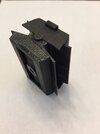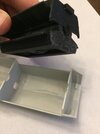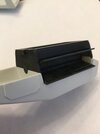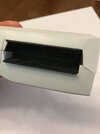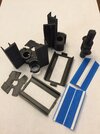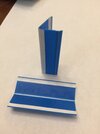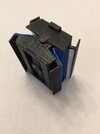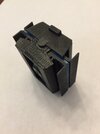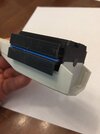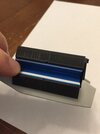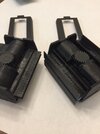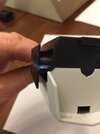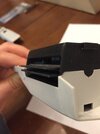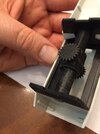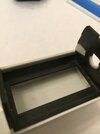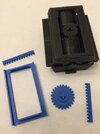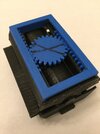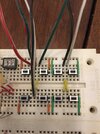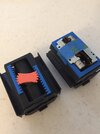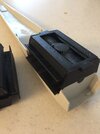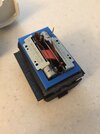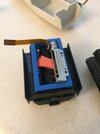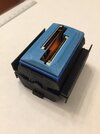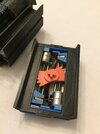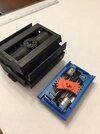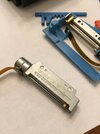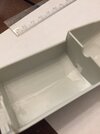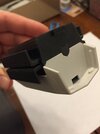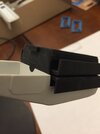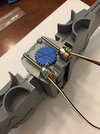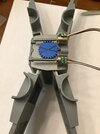Hagoth
Sr Member
This thread is the next phase of my long running project to internally motorize the wing action of an MPC X-Wing kit. You are welcome to follow along and see where this ends up. First off, here is what I'm starting from.
The basic wing action mechanism design has already been completed. The design synchronizes the wings opening and eliminates the wobble in the body. I have two wing attachment configurations.
The first is the PM-1A. The kit wings are intended to be trimmed and attach between the wing root mounts so they cover up the channels for the wires to the engine lights.
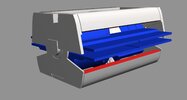
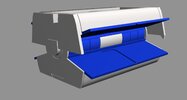
The second is the PM-2A. This one has folding wing root panels that cover up the channels for the wires to the engine lights and the rotation bearings. The kit wings are intended to be trimmed short to attach to the vertical flat surface with only a small alignment lip butting against the wing root panels edge.
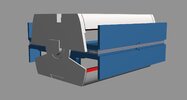
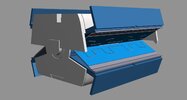
A common drive mechanism link is on the bottom of both of these. The goal is to have a common motorized drive attachment for either mechanism configuration that fits underneath it inside the model kit. I have a volume 8.5mm high, 30mm wide, and 52mm long to work with.
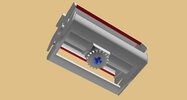
To prepare the kit body to have a drive mechanism installed I needed to remove the wing pivot posts from the upper half and cut holes for future wire runs
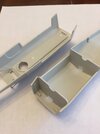
Printed examples of each type of unit coming up next.
The basic wing action mechanism design has already been completed. The design synchronizes the wings opening and eliminates the wobble in the body. I have two wing attachment configurations.
The first is the PM-1A. The kit wings are intended to be trimmed and attach between the wing root mounts so they cover up the channels for the wires to the engine lights.


The second is the PM-2A. This one has folding wing root panels that cover up the channels for the wires to the engine lights and the rotation bearings. The kit wings are intended to be trimmed short to attach to the vertical flat surface with only a small alignment lip butting against the wing root panels edge.


A common drive mechanism link is on the bottom of both of these. The goal is to have a common motorized drive attachment for either mechanism configuration that fits underneath it inside the model kit. I have a volume 8.5mm high, 30mm wide, and 52mm long to work with.

To prepare the kit body to have a drive mechanism installed I needed to remove the wing pivot posts from the upper half and cut holes for future wire runs

Printed examples of each type of unit coming up next.



